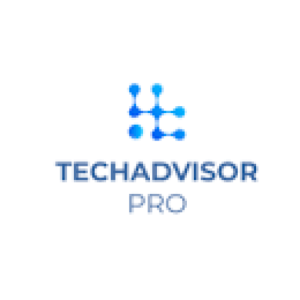In previous articles, we learned about Demand Generation Marketing and discussed the first five marketing strategies out of fifteen.
Let’s carry forward that sequence and have a look at the remaining methodologies which play an important role to fill your sales funnel.
1. Podcasts
Podcasting is another efficient technique to hold an audience’s attention for 30+ minutes at a time, simply because it is a format in which people are predisposed to spend that length of time listening. Even better, the podcasting industry is still far from saturated in terms of content. As a result, podcasting is a relatively low-competition option for many sectors to develop thought leadership, establish a cadence of recurrent brand contact points, and begin establishing a relationship with your audience.
2. Video
Videos provide a rich, engaging medium for connecting with and inspiring your audience. It’s an excellent branding tool as well as a highly effective demand development mechanism. Because visual content is recalled at a far higher rate than text-based content, videos help persuade your viewers to remember your brand.
One B2B firm that generates excellent films is Salesforce. In this video, CEO Marc Benioff talks to Julie Sweet, CEO of Accenture, on how the management consulting business is navigating the COVID-19 world, while 15-time Grammy winner Alicia Keys performs live from her home.
3. Direct mail
Direct mail is still a simple demand creation method since it is a quick approach to get your company’s name in front of the relevant individuals – especially for B2B enterprises. To avoid having your mailers trashed, select particular targets for each firm and personalize your offers or promotions to them. Direct mail and ABM are thus a match made in demand generating heaven.
Never underestimate the power of a tangible box, either. When was the last time you didn’t open a shipment from FedEx or UPS? Do you see what I mean?
4. Sweepstakes and Competitions
Everyone enjoys receiving rewards! Create online sweepstakes and other competitions in which your audience may win a free product, service, or prize in return for their contact details. If you provide subscription-based software, giving away a year of your product for free might help you gain a loyal customers.
If you truly want your content to stand out, raise issues to your viewers that they must respond to join. Their replies can be used to supplement market research, construct consumer profiles, or create a rich source of user-generated content.
5. Social campaigns
Communicate with your potential customers on the social media channels they use, and create social media campaigns that highlight your content and encourage participation. Analyze keywords connected to client problem areas so that your business can respond with useful information anytime someone requires a solution that you can supply. To keep your social strategy uniform and scalable, use corporate monitoring solutions like Brandwatch or Keyhole.
6. PR campaigns
PR is like a Swiss Army knife for demand generation marketing since it provides more ways to interact with your target market than we have space to mention here.
Keep up with current events and consider how your organization may participate in pertinent topical discussions. Then, approach the media with your tales.
Obtain interviews on blogs, podcasts, television, and radio.
Alternatively, convert your movies, services, and unique data into link-building resources. Then, distribute them to industry insiders for use as references in their writing.
7. Influencer marketing
Collaborate with influencers who have active communities. Because they have a deeper, more honest relationship with their viewers, micro-influencers frequently yield greater campaign outcomes. So, instead of focusing just on follower quantity, consider engagement rate and quality.
To have a considerable impact, make sure your efforts are sustainable.
8. Strategic alliances
Look to collaborative partnerships to gain more customers. This entails collaborating with other organizations that target the same (or similar) audiences as you. Then, co-host seminars, seminars, or webinars, or develop a large piece of content jointly, integrating exclusive material from each partner to provide valuable insights. Each business will gain from the data surge and accessibility to the other’s network.
9. Free Tools
Offering a free online tool is one of the most effective demand-generating strategies. Create a product that people like, and they will not only use it again and again but will also inform others about it, allowing you to broaden your exposure among the right audience.
As an extra advantage, tools tend to generate a large number of backlinks. At the time of writing, Pingdom’s free page load speed tester has produced over 2.2 million connections from third-party sites.
10. B2B SEO
All boats sail with the tide. So, spend a lot of money on B2B SEO to optimize your numerous digital assets and drive a lot of traffic to the website.
By exploring the right keywords and considering search intent, you can better adapt SEO to your advertising and be aligned with the way your audience thinks. Furthermore, you will increase the exposure of your brand, which will broaden your range and generate more awareness.










